4.9 1890+ Google Reviews
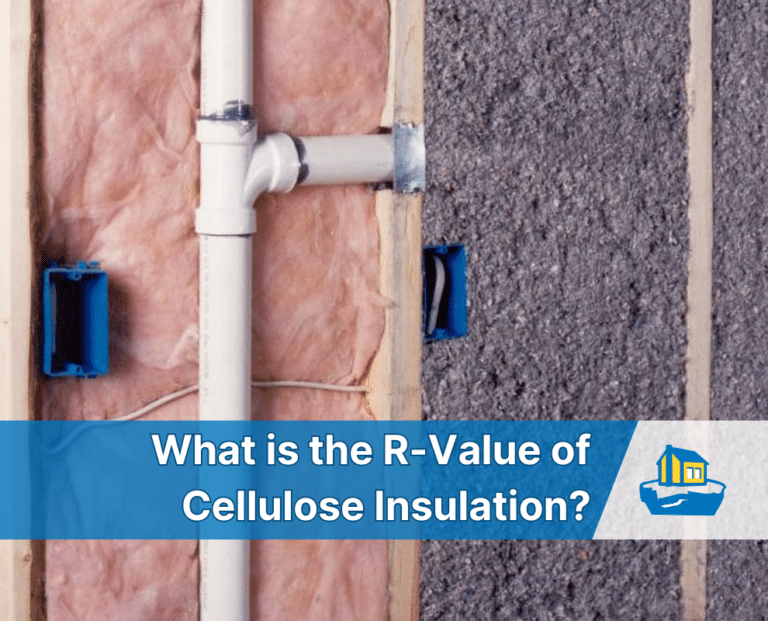
The R-value of loose-fill cellulose insulation is approximately 3.5 per inch of thickness.
For example, 12 inches of insulation material would give you a total R-value of 42.
Cellulose insulation has a higher R-value than other loose-fill insulation products. However, you need to look at total thermal performance to determine if it’s the best insulation for your application.
Cellulose is approximately 85 percent ground-up newspaper. The rest is cardboard, other RECYCLED paper products, and 15 percent fire and insect retardant material. Therefore, whenever looking through cellulose insulation, you can pick up the larger pieces and see the text on them. The photo below shows an example.
This makes cellulose an excellent choice to save money on energy bills and protect the environment. Despite the obsolescence of newspapers, over 60 million get printed daily, and over 40 million end up in landfills.
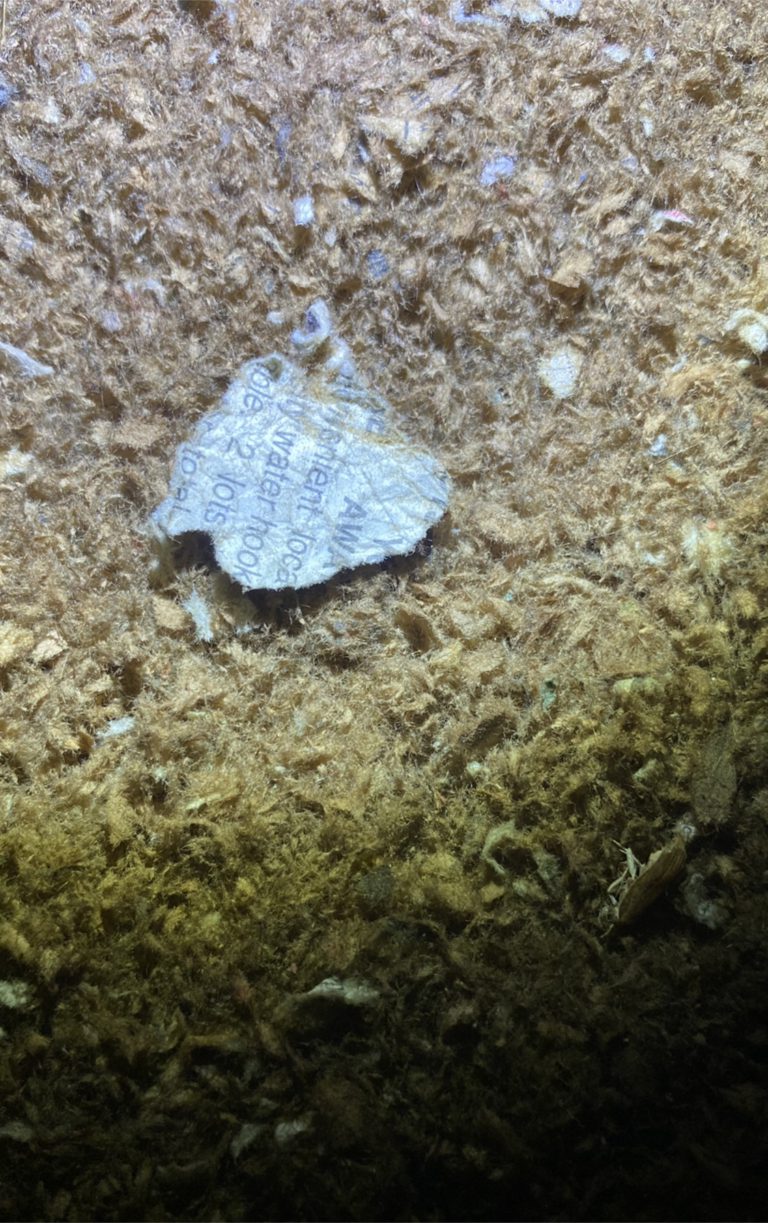
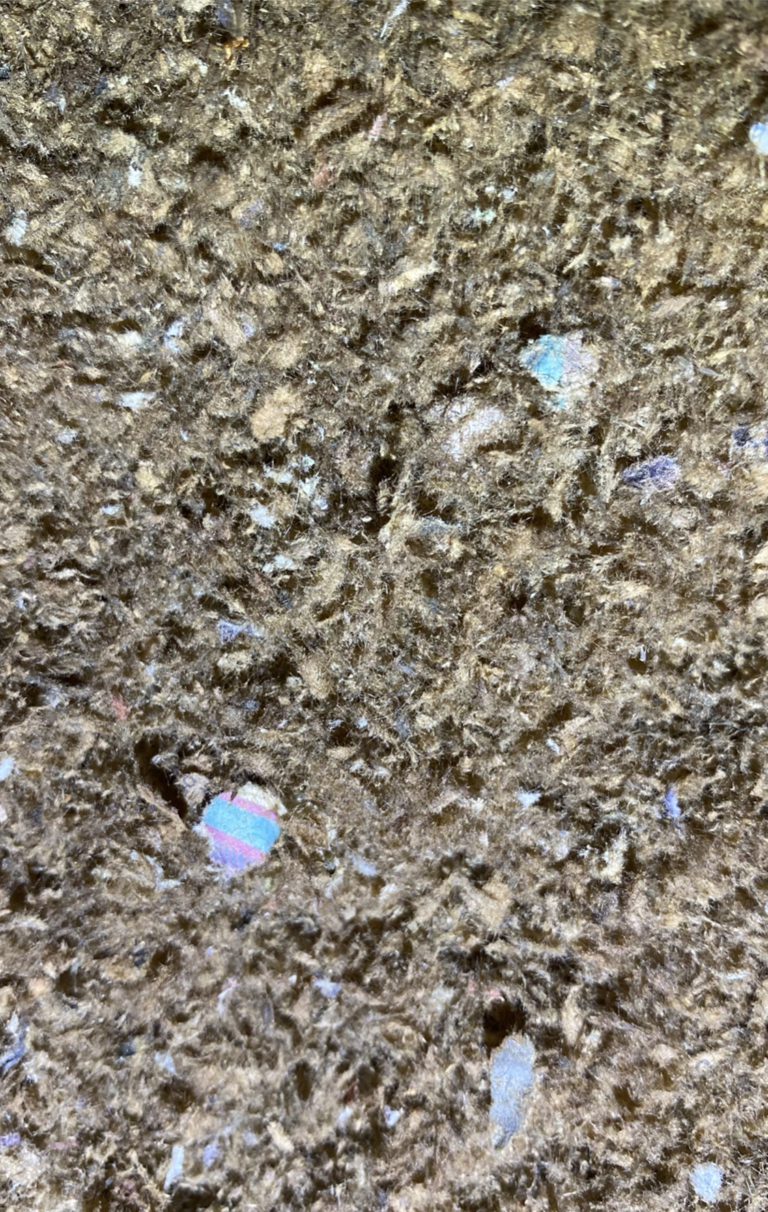
Cellulose insulation is high r-value insulation. As a result, you will get less movement of heat through cellulose than other insulation types. Therefore, you’ll need less of it to achieve your desired R-value.
Next, cellulose insulation is high-density insulation, which is excellent at stopping air movement and air leakage. It does not rely as heavily on air pockets as fiberglass insulation. On the contrary, fiberglass insulation is very prone to air leaks. Consequently, this is why you should never install an attic fan.
Furthermore, cellulose insulation is very cheap, making it much more likely to get a positive investment return.
Cellulose doesn’t typically require an air barrier/vapor barrier, lowering installation costs.
The treatment and additives give cellulose a very high fire resistance. (CLASS 1 Fire Rating
Sprayed Cellulose insulation can easily fit around small places and irregular shapes, unlike batt insulation.
Noise reduction is a huge added benefit to cellulose insulation
Cellulose insulation is excellent for the environment since it consists of recycled materials.
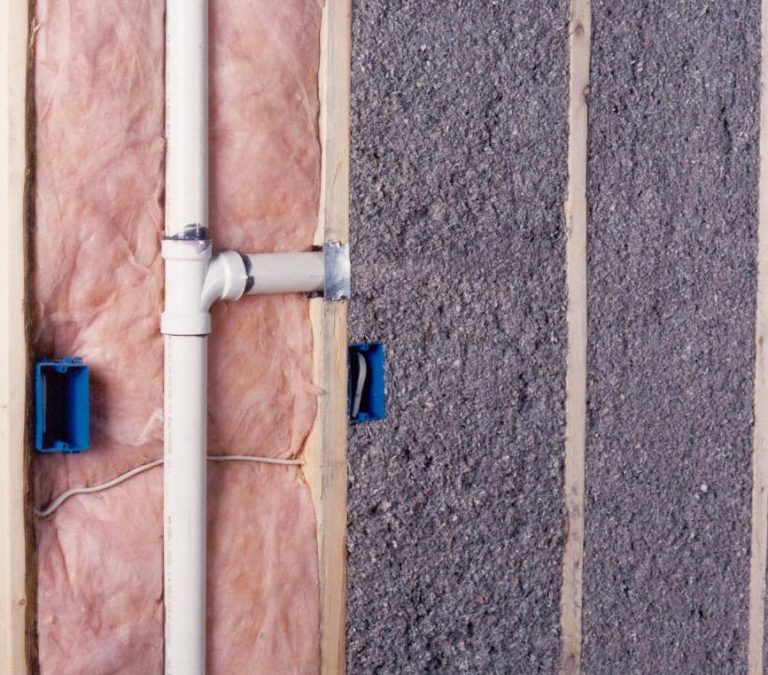
Cellulose insulation shrinks by about 20 percent. This makes it a poor choice for wall cavities. As it shrinks you’ll be left with large wall voids. Like wise, the r-value of the walls decreases.
Cellulose insulation absorbs a lot of water. A roof leak can greatly expand the volume and weight of the insulation and cause building materials to sag.
Cellulose insulation is a poor choice for crawl spaces which are generally subject to water vapor. Cellulose is prone to mold growth.
There are many more nuances with the installation of cellulose insulation making it less of a DIY job, and more a job for a professional.
I knew a lot about cellulose insulation before writing this blog, but research for this blog has made me a huge fan. It clearly has the highest r-value of any other loose-fill product. It comes in a number of different forms for different applications. It’s not only better for heat loss, but its great for reducing sound transmission.
Our next home will be new construction and I definitely believe cellose is the best choice for some areas of the home. I will use it for the attic spaces, and walls. I still do not think its appropriate for the crawl space walls. We will go with an encapsulated crawl space like we have now with either spray foam insulation, or foam board insulation.
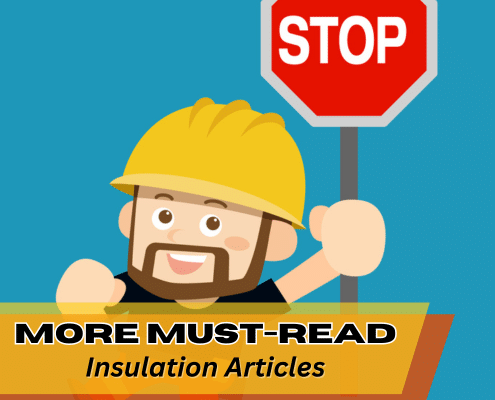
What is Vermiculite Insulation?
What is the R-Value of Cellulose Insulation?